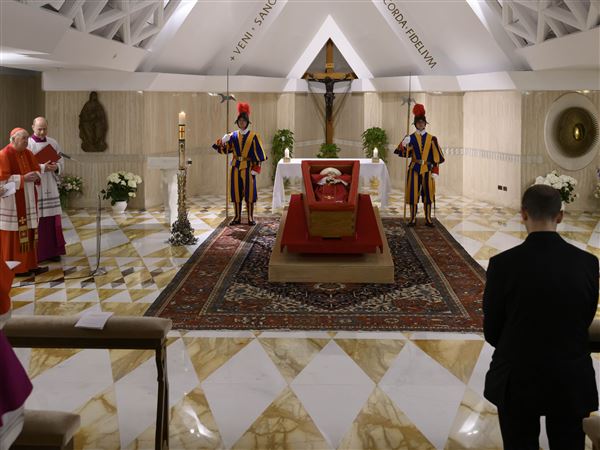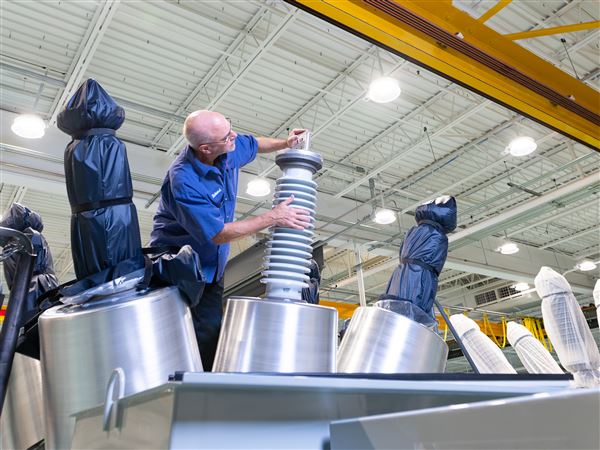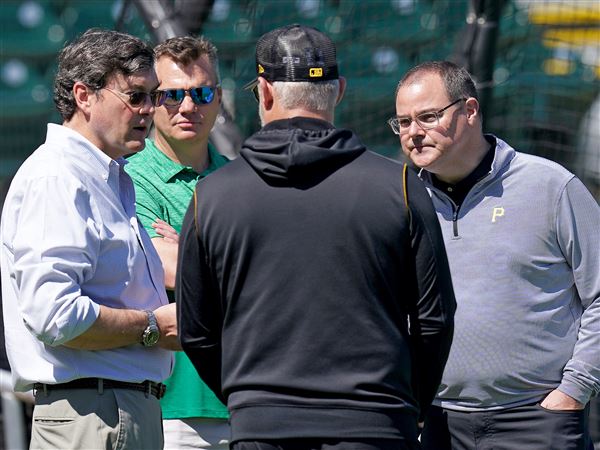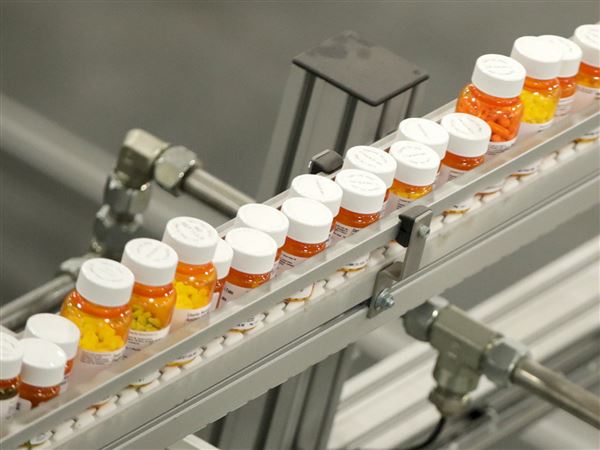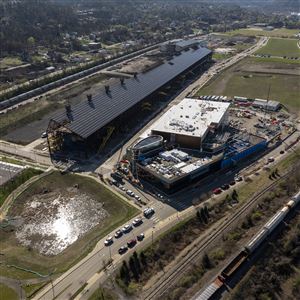Better connecting the city’s neighborhoods, particularly Downtown and Oakland, is critically important to Pittsburgh’s future. The city, Allegheny County and the Port Authority are moving in the right direction with their decision Thursday to file an application with federal officials for construction of a bus rapid transit system.
Many of the details remain to be worked out, but the broad outlines are appealing. Electrified buses would run as often as every three minutes between Downtown, the business hub, and Oakland, the city’s center of education and health care, using dedicated travel lanes and smart traffic signals to cut travel time. Other vehicles and bicyclists could have dedicated lanes, too. What an improvement that would be over today’s traffic free-for-all, when it can take a half-hour or longer to get from one neighborhood to the other.
In a sense, officials have no course but to pursue the BRT system. The city simply won’t keep up with businesses’ or residents’ needs if it continues to let drivers stew in traffic jams, the chief alternative being diesel-powered buses that crawl along Forbes and Fifth avenues, stopping at virtually every traffic light and weaving in and out of traffic to make pickups and dropoffs.
Even more out of step is the prospect of self-driving vehicles, developed here by Uber and Ford, jockeying with conventional buses for elbow room on Fifth Avenue. No, Pittsburgh’s new economy requires a new transportation system, and the BRT can be a big part of that.
The BRT would blitz through Uptown, offering tremendous revitalization opportunities there. Some iterations of the proposed route would extend the BRT beyond Oakland, offering a boost to struggling Homewood and better linking that neighborhood and others in the East End to Downtown. Depending on how far the BRT goes, the system will cost as much as $240 million.
The system is overdue, and waiting will be difficult. Completing the federal application alone will take months. Even with federal financial support, the system will not be operational until at least 2021. Civic leaders in neighborhoods to be affected by the BRT footprint should use this time to see how they can most benefit. This is one ride they don’t want to miss.
First Published: March 13, 2017, 4:00 a.m.
